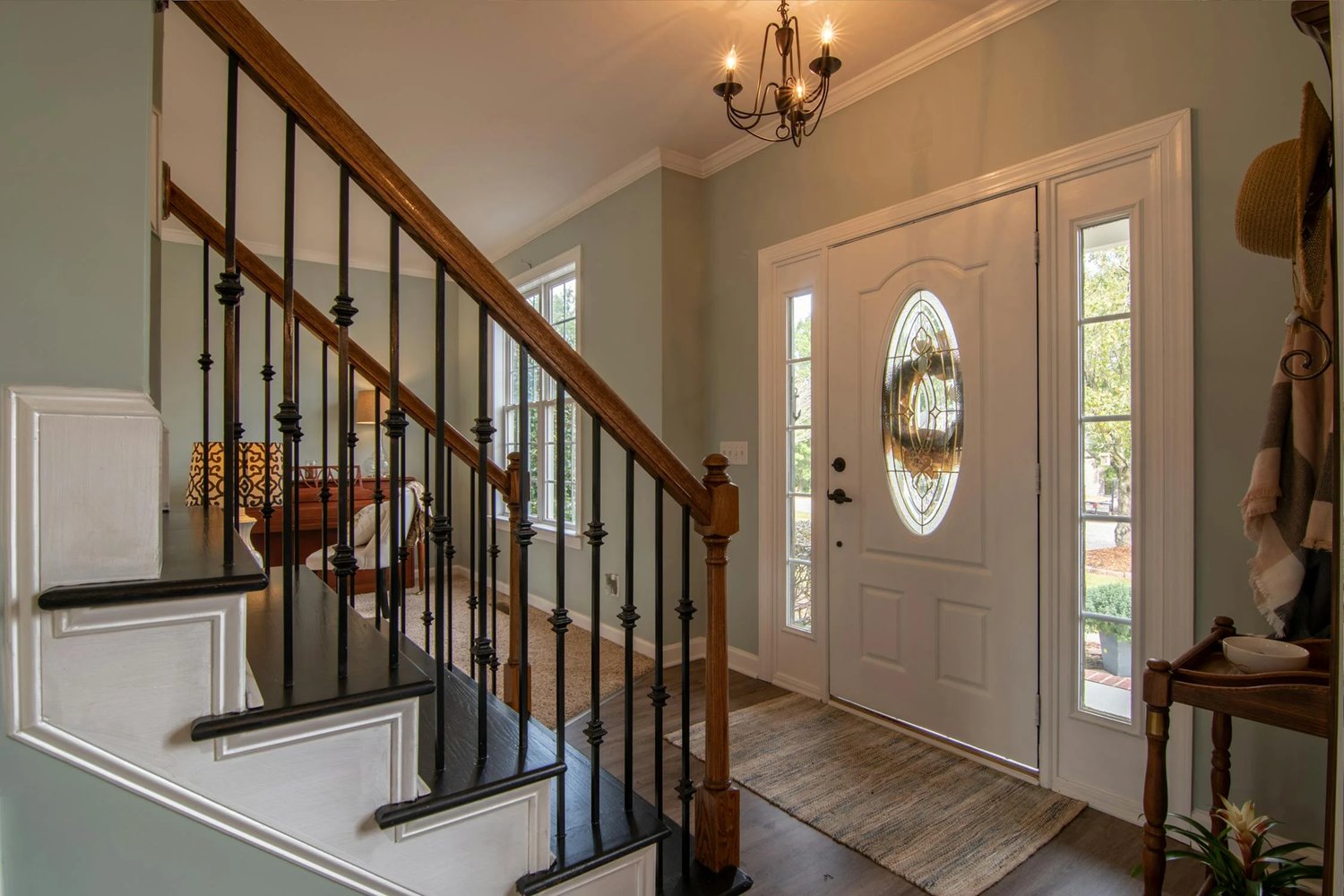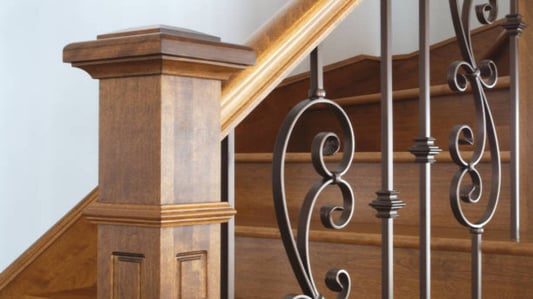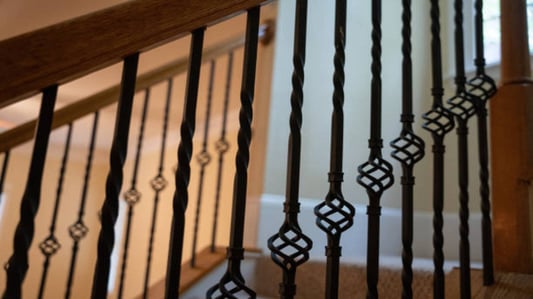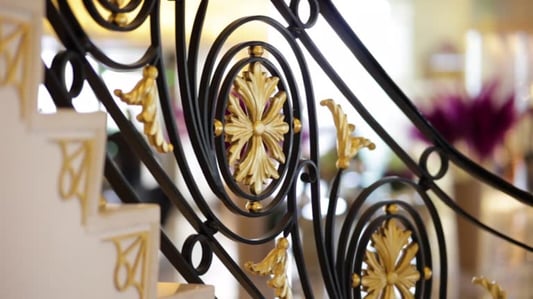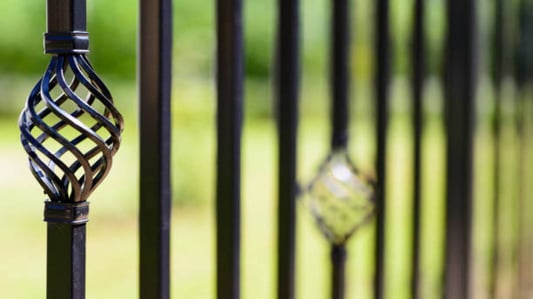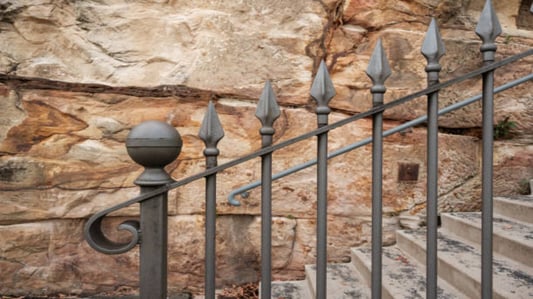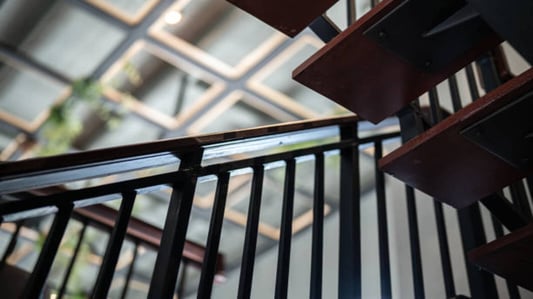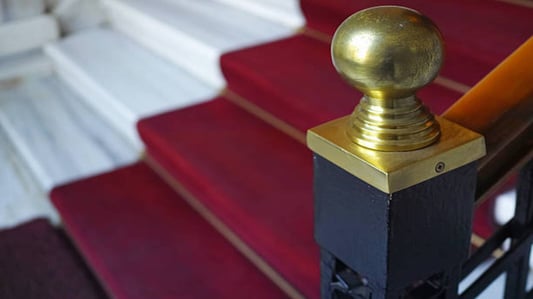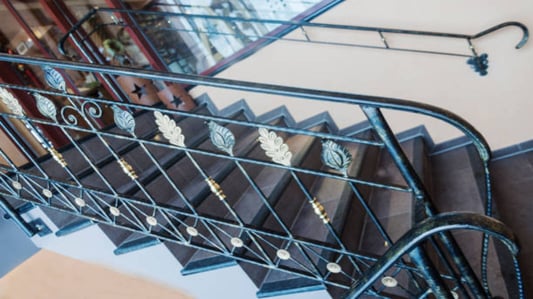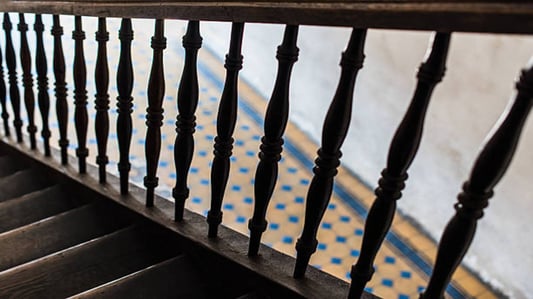The Advantages of simple modern iron baluster for minimalist homesMinimalist homes are known for their clean lines and contemporary style. The interior usually features neutral colors and simple designs. Homeowners that want to maintain this aesthetic often opt for modern iron balusters to complement their stairs. Simple modern iron balusters can enhance the minimalist style by adding a touch of elegance and simplicity to the stairway’s design. Here are ten reasons why simple modern iron balusters are the perfect choice for the minimalist homeowner:1. Enhance the minimalist aesthetic of the homeModern iron balusters blend perfectly with the minimalistic theme of the home. Their sleek design and simplicity provide a sophisticated look to the stairs. Balusters are the perfect addition for those seeking to upgrade their simple stairs without compromising the overall style of the home.2. Cost-effectiveA simple modern iron baluster is a cost-effective choice. They come in numerous designs from basic to intricate, allowing homeowners to choose the ideal option according to their budget. Moreover, they offer a long-lasting design that does not easily wear or tear even with constant use. Homeowners can save money by investing in simple, durable iron balusters.3. Easy InstallationModern iron balusters are easy to install, and homeowners can replace existing balusters in a couple of hours. Whether the balusters are for a new build or replacing existing ones, the process is uncomplicated and does not require extensive preparation. Homeowners can rest easy knowing that contractors can install the balusters quickly and efficiently.4. Different Designs AvailableHomeowners that want to add a touch of creativity can choose from a wide range of modern iron baluster designs. Contractors can create custom designs or homeowners can choose from numerous pre-existing designs. From simple to intricate, there is a design for everyone.5. Safe and DurableModern iron balusters are made of high-quality, durable materials that last for years. They undergo rigorous testing to ensure they withstand constant use and meet safety standards. Homeowners can have peace of mind knowing that their iron balusters are safe and durable.6. Low MaintenanceSimple modern iron balusters require minimal maintenance to remain in good condition. Homeowners only need to dust them occasionally to keep them looking their best. Unlike wood balusters which require regular polishing, iron balusters are rust and corrosion-resistant, and require minimal upkeep.7. VersatileModern iron balusters have a straightforward design that allows them to match with any decor or color scheme. Balusters come in various finishes, making it easy to coordinate with existing accessories and decor. Their versatility makes them easy to incorporate into existing or new designs.8. Eco-friendly OptionSimple modern iron balusters are an environmentally friendly product. Made of recycled materials, homeowners can revel in knowing that their investment has not contributed to environmental waste. Furthermore, if homeowners decide to replace them, the material is recyclable, and they can be reused, making it an excellent option for eco-conscious homeowners.9. Lightweight yet High-strengthDespite their lightweight construction, modern iron balusters have high-strength properties. They can support heavyweights and last for years without faltering. Homeowners can rest assured that their stairs will be safe and hold their weight with ease.10. Timeless LookSimple modern iron balusters are timeless. Minimalist homes that have iron balusters installed today will still find them relevant and elegant ten years from now. The timeless design means that homeowners do not need to worry about them going out of fashion or becoming outdated. Quote InquiryContact us!

